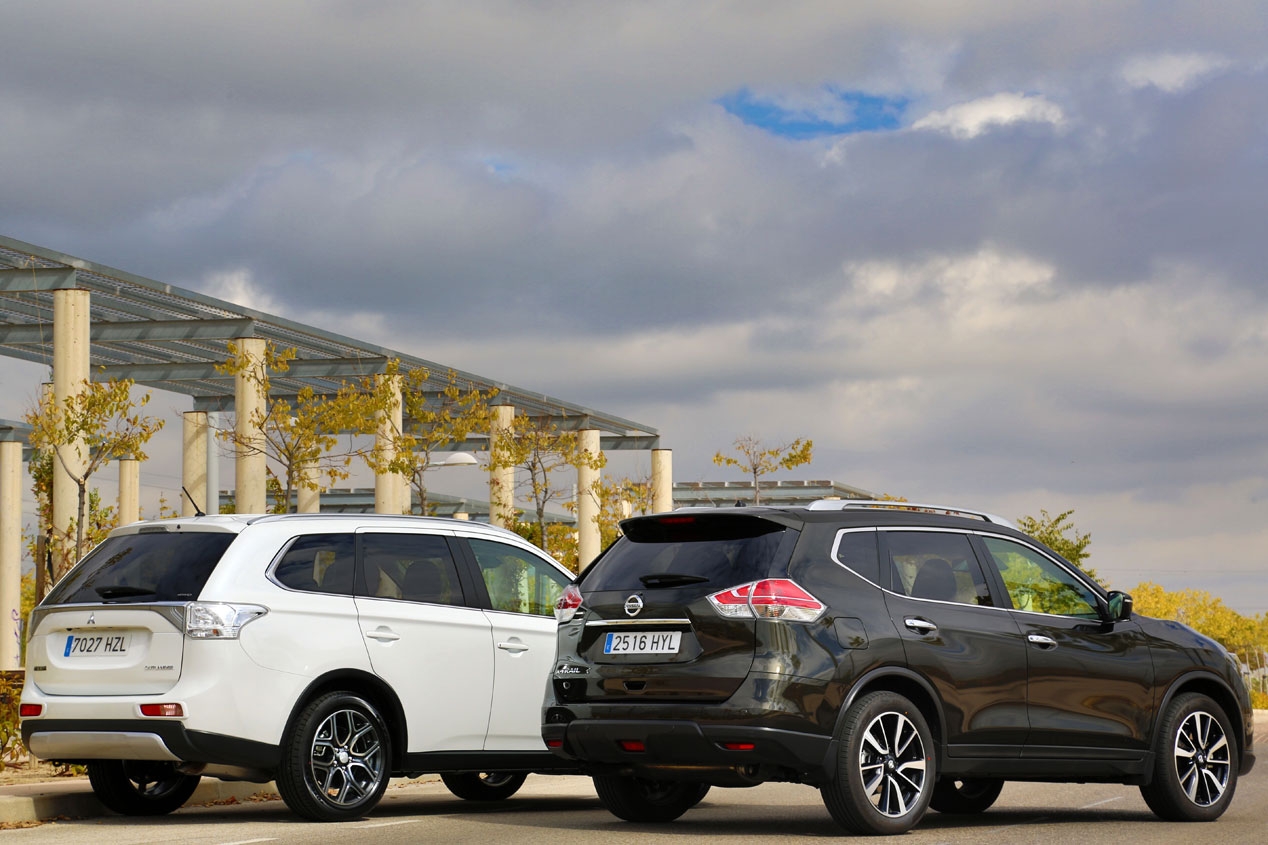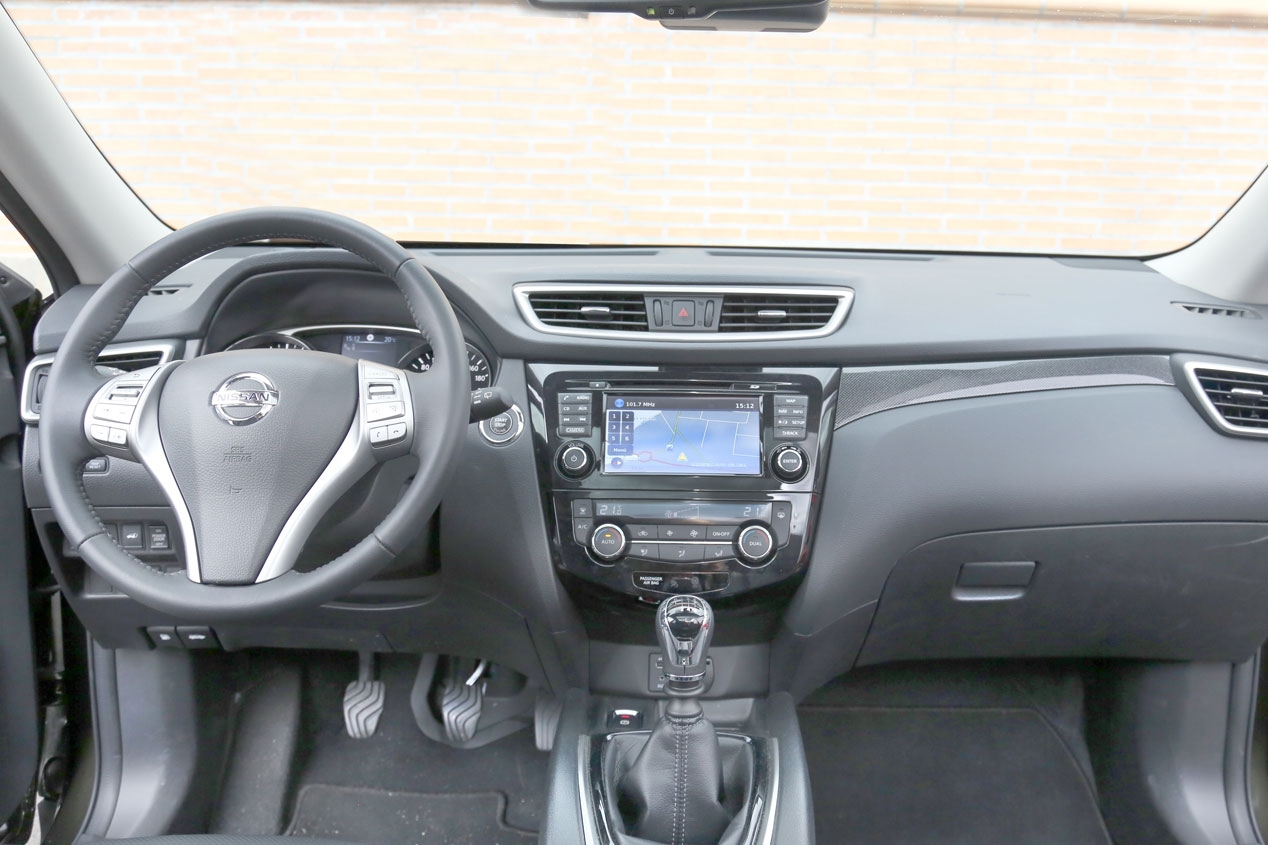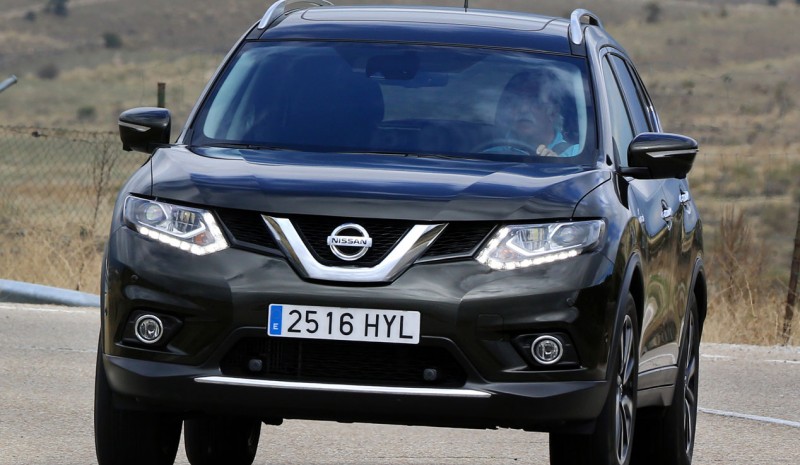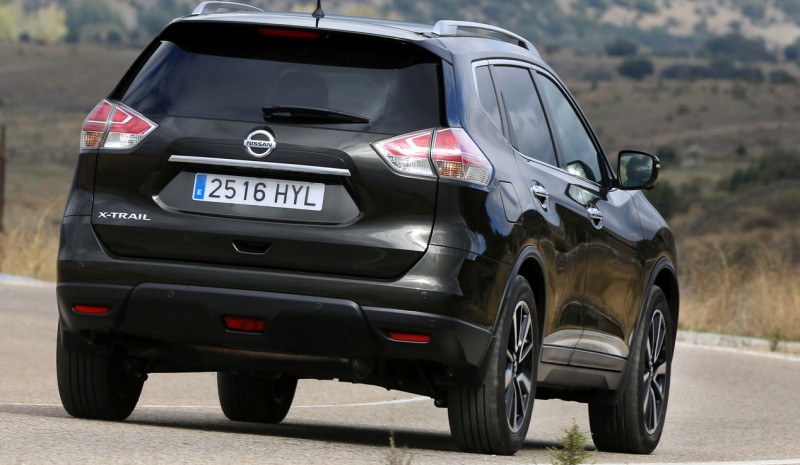Comparison: Mitsubishi Outlander 220 DI-D 150 4WD 7 plz vs Nissan X-Trail 1.6 dCi 130 4×4-i 7 plz
Nissan launches its completely renovated X-Trail, born with the intention to climb to the top of its category. To ‘measure’ their virtues, nothing beats face to a reference weight, the Mitsubishi Outlander, also recently remodeled.
He X-Trail next generation comes to occupy the space left free the previous Qashqai + 2, and was created with the intention of ‘mark territory’ in the segment in which it will compete. Brandishing weapons to achieve this are his new aesthetic, a extended equipment elements and technology, and a finishes and qualities revised upwards. The problem is that the newcomer ‘attacks’ in a segment upward its commercial interests, and must compete with rivals who are not going to put anything easy that task. Among them, we have chosen to Mitsubishi Outlander, a model that despite not being among the best sellers in its last remodeling wields arguments not only to vindicate himself, but to plant tough battle newcomer.

The purists readers you can ask why we face a model with manual transmission and one with automatic transmission. The reason is twofold. On the one hand, the X-Trail with four-wheel drive does not have at the moment with a change of this kind. On the other, taking as true the price, we have sought the Outlander that is more get close in their characteristics, because this would allow us to assess whether the price / product of the new Nissan relationship is competitive.
Not so much alike

If what we talk about is load capacity, the advantage still falling side Outlander, whose trunk, regardless of the seating configuration you choose, it is always generous. Supports 5 more liters with all seats used, 25 if omit the third row of seats, and no less than 40 if further move the second row of seats to its forwardmost position.
full equipment

To them Nissan added rearview camera and 360, trunk opening and closing electric, ‘Active Control of Calzada’, which decreases the pitch body, or ‘Smart Protection Shield’, It is including obstacle detection system in the blind spot warning unintended lane departure and presence of an obstacle moving at the rear. The Mitsubishi includes warning lane departure, rear view camera, Active Cruise Control can completely stop the car, mitigation system frontal collision (FWD), xenon headlamps Super-HID, tailgate opening and electrical closing, sensors on lights and wipers…
Despite this apparent equality, the advantage must grant it the diamonds pattern, since for a lower price, offers an engine with 20 hp more, and automatic gearbox with paddles on the steering wheel, which is a delight and It provides additional driving comfort when shooting or city must tackle road jams.
 sends power
sends power
Both the Outlander as the X-Trail are available at the moment, with a single engine. He 2.2 DI-D 150 hp in the case of Mitsubishi, and 1.6 dCi with 130 hp in the Nissan. That difference of 20 hp for the Mitsubishi, and weighing less than 82 kg according to our measurements, allow the Outlander accelerate better and, above all, present a stronger resilience that its rival, which results in faster and safer overtaking. Because while the ‘Mitsu’ invests 8.7 seconds and 241.4 meters from 80 to 120 km / h in 5th, Nissan needs 10.7 seconds and 301 meters. The X-Trail engine moves with reasonable dynamic model between 1,500 and 3,500 rpm, but it never does with the same energy as the engine of Mitsubishi, which also enforces the help of an automatic transmission that works without a hitch. Faced with such maneuvers, in the X-Trail it is essential to use gearshift below 1,500 rpm, and the resilience is poor and also the engine runs out fairly quickly to exceed 3,700 rpm, making it advisable to go to upshift to put up the gear.
In terms of behavior, and on simple road layout, the sense of poise that offer both models is similar, but when we are faced with more demanding paths, the driver of the Nissan has the feeling of driving a car more cumbersome. The difference is not exaggerated, but his greatest awkwardness when stringing curves, the result of a softer suspension than the Outlander, gives advantage to the latter as far as effectiveness is concerned. In return, the X-Trail enjoys a quicker steering, and consumption are clearly cut, requiring on average liter less than its rival at rates similar way.




 sends power
sends power